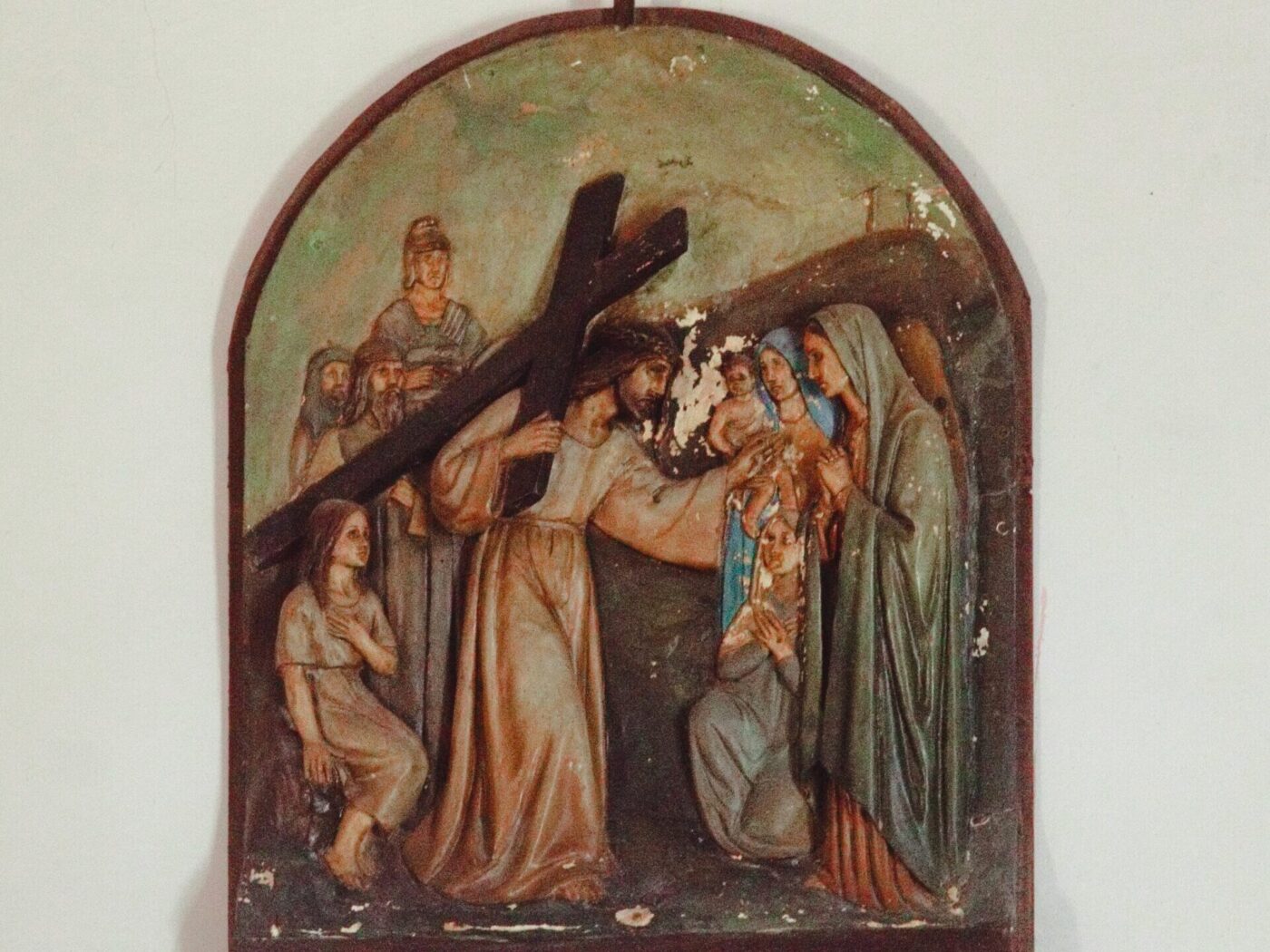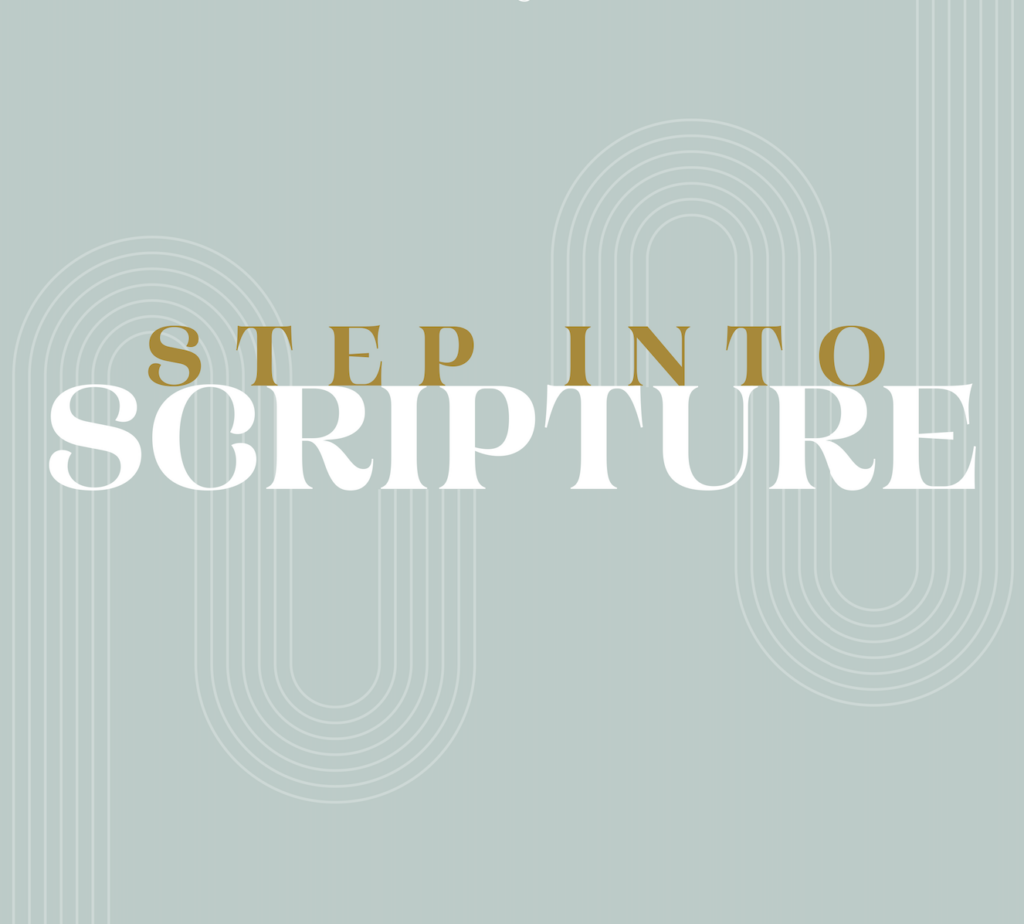
What Happened on Good Friday?
What happened on Good Friday? It was the day Jesus was crucified by Roman soldiers on charges of blasphemy from the religious leaders. According to the biblical record, his death was a sacrifice meant to absorb our sins and allow us to reenter relationship with his Father. This article lists major events from Good Friday and is an excerpt from Tina Wilson’s book, Step into Scripture: A Daily Journey to Understanding Your Bible.
“And when Jesus had cried out again in a loud voice, he gave up his spirit.” (Matt. 27:50)
From the time humanity sinned and broke fellowship with God, God has been working to restore the relationship. Through the millennia, despite humans’ continual failure, God has remained true to the love he expressed for his creation, and Jesus’ sacrifice is the highest expression of this love and desire for restored relationship.
The reason that reading God’s Word causes us to fall in love with him is that we are wooed by the astounding commitment that would pursue us through the ages. This extraordinary act of love was surrounded by supernatural occurrences that revealed and proved this single event as the climax of all human history.
“From noon until three in the afternoon darkness came over all the land.” (Matt. 27:45)
What happened on Good Friday? “Darkness came over all the land.”
Jesus came as the light of the world. Darkness was used in Scripture as a descriptor of a national judgment rendered by God. We saw this in Exodus when he sent the plague of darkness on Egypt. Isaiah used this imagery in describing the judgment against Israel.
“In that day they will roar over it like the roaring of the sea. And if one looks at the land, there is only darkness and distress; even the sun will be darkened by clouds.” (Is. 5:30)
The judgment represented in these three hours of darkness at Jesus’ death was the ultimate judgment on sin and of death. Here the power of Satan was broken and the transgressions that separate humans from God were conquered.
“At that moment the curtain of the temple was torn in two from top to bottom.” (Matt. 27:51a)
What happened on Good Friday? “The curtain of the the temple was torn in two.”
This barrier separated the Holy of Holies in the temple where the Ark of the Covenant, the place of God’s presence, was kept. Once a year, on the Day of Atonement, the high priest would pass through this curtain and enter the Holy of Holies to sprinkle the blood of a sin offering on the atonement cover of the ark, symbolically appeasing the wrath of God against the people for their rebellion (see Leviticus 16). The same Greek word for “torn” here is used in describing the events of Jesus’ baptism.
“Just as Jesus was coming up out of the water, he saw heaven being torn open and the Spirit descending on him like a dove.” (Mark 1:10)
In the Old Testament, the prophet Isaiah cried out,
“Oh, that you would rend the heavens and come down, that the mountains would tremble before you!” (Is. 64:1)
God tore open heaven and came to earth as a man to bring redemption. Jesus’ death tore the veil, annulling the annual sacrifice. This physical act of slaughtering an animal to atone for sins ended in A.D. 70 with the destruction of the temple, but its spiritual significance ended at the time of Christ’s sacrifice.
“He did not enter by means of the blood of goats and calves; but he entered the Most Holy Place once for all by his own blood, thus obtaining eternal redemption.” (Hebrews 9:12)
“The earth shook, the rocks split.” (Matt. 27:51b)
What happened on Good Friday? “He entered the Most Holy Place once for all by his own blood, thus obtaining eternal redemption.”
The shaking of the earth and the splitting of the rocks is a picture of the great power of God. Moses experienced this.
“Mount Sinai was covered with smoke, because the Lord descended on it in fire. The smoke billowed up from it like smoke from a furnace, and the whole mountain trembled violently.” (Ex. 19:18)
Elijah experienced this.
The Lord said, “Go out and stand on the mountain in the presence of the Lord, for the Lord is about to pass by.” Then a great and powerful wind tore the mountains apart and shattered the rocks before the Lord. (1 Kings 19:11a)
At the cross, the power of God was displayed mightily in the death of Jesus.
“For the message of the cross is foolishness to those who are perishing, but to us who are being saved it is the power of God.” (1 Cor. 1:18)
“And the tombs broke open. The bodies of many holy people who had died were raised to life. They came out of the tombs after Jesus’ resurrection and went into the holy city and appeared to many people.” (Matt. 27:52–53)
“For the message of the cross is foolishness to those who are perishing, but to us who are being saved it is the power of God.”
The shaking of the earth—God’s power on display—opened tombs so that the dead came back to life and came out. In the moment of Jesus’ death, it would appear that Satan had won. From the time of Jesus’ birth, Satan sought to stop him—beginning with Herod’s decree to kill all the baby boys in Bethlehem (see Matthew 2). He had finally achieved that goal, it seemed, but in Christ’s death, the power of death itself was broken so that tombs could not even contain the dead. They were raised to life as a testimony to Christ’s resurrecting power!
When the centurion and those with him who were guarding Jesus saw the earthquake and all that had happened, they were terrified, and exclaimed, “Surely he was the Son of God!” (Matt. 27:54)
The centurion’s confession was a miracle in and of itself. This Roman military officer would have been party to Christ’s persecution and death. He didn’t come into this scenario with any semblance of faith. However, the supernatural works of God displayed in this event produced faith in his life.
Is this true for us? Reading about God’s miracles that he performed in Scripture helps me connect or reconnect with miracles he’s doing in my life now. Like the centurion, we need to recognize and reflect upon the supernatural working of God and let that produce and strengthen our faith in the Lord.
“Like the centurion, we need to recognize and reflect upon the supernatural working of God and let that produce and strengthen our faith in the Lord.”
What a powerful portrayal of the gospel God created in the signs surrounding Jesus’ death!
- Darkness communicated judgment on sin and death.
- The torn curtain announced the end of the temple’s role in atonement and invited all to come to God through Christ as mediator.
- The earth itself was shaken by God’s power.
- The resurrected dead proclaimed Jesus’ defeat of death and power to resurrect.
- The centurion modeled for us a faith response to all of these things.









